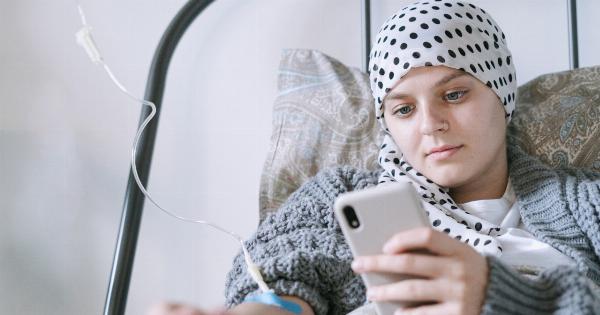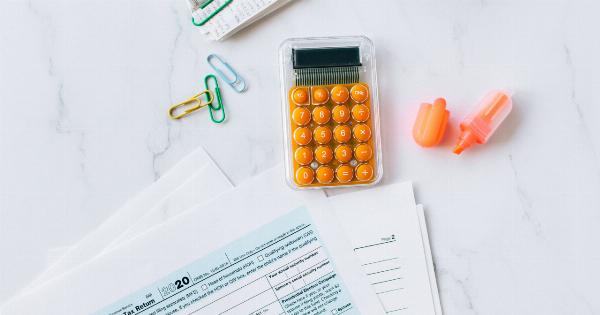Chemotherapy is a widely accepted treatment for cancer patients. However, the success of chemotherapy depends significantly on the patient’s compliance with medication and follow-up appointments.
Non-adherence to chemotherapy can lead to suboptimal outcomes, decreased quality of life, and increased healthcare costs. To ensure that patients adhere to their chemotherapy regimen, healthcare providers and researchers have explored several strategies. One such strategy is the use of cell phones to monitor chemotherapy compliance.
In this article, we will explore the use of cell phones to monitor chemotherapy compliance and discuss its benefits and limitations.
How Cell Phones Monitor Chemotherapy Compliance
Cell phones can be used to monitor chemotherapy compliance through various methods. One method is to use reminders and alerts. Patients can receive text messages or phone calls reminding them of their medication schedules and follow-up appointments.
These reminders can also be customized based on patients’ preferences and schedules. For example, patients can specify the time they want to receive reminders and the type of alert they prefer, such as an alarm or a vibration.
Another method is to use mobile apps. Mobile apps can track patients’ medication intake, side effects, and appointments.
Patients can input their medication and treatment schedules into the app, and the app will send reminders and alerts when it’s time to take their medication or attend an appointment. The app can also provide patients with educational resources about their treatment and disease, as well as connect them with support groups and healthcare providers.
Benefits of Using Cell Phones to Monitor Chemotherapy Compliance
The use of cell phones to monitor chemotherapy compliance has several benefits. Firstly, it improves treatment outcomes.
Patients who adhere to their chemotherapy regimen are more likely to experience favorable treatment outcomes, such as disease remission or prolonged survival rates. Secondly, it increases patient engagement and empowerment. Patients who use cell phones to monitor their chemotherapy compliance are more likely to take an active role in their treatment and make informed decisions about their health.
Thirdly, it reduces healthcare costs. Patients who adhere to their chemotherapy regimen are less likely to experience treatment failure or complications, reducing the need for hospital readmissions and additional treatments.
Limitations of Using Cell Phones to Monitor Chemotherapy Compliance
Although the use of cell phones to monitor chemotherapy compliance has several benefits, it also has some limitations. Firstly, it requires patients to have access to and be proficient in using technology.
Patients who lack access to cell phones or have limited digital literacy may not benefit from this strategy. Secondly, it may not be suitable for patients with complex health needs or those who are unable to manage their treatment independently. These patients may require more personalized and intensive support from healthcare providers.
Finally, it may raise privacy and security concerns. The use of mobile apps to monitor patients’ health data may expose them to privacy breaches and unauthorized access to their personal information.
Conclusion
The use of cell phones to monitor chemotherapy compliance is a promising strategy that can improve treatment outcomes, increase patient engagement, and reduce healthcare costs.
However, it also has some limitations that must be addressed, such as access and proficiency in technology, personalized support for complex patients, and privacy and security concerns. With further research and development, the use of cell phones to monitor chemotherapy compliance can become a valuable tool in cancer treatment and care.






























